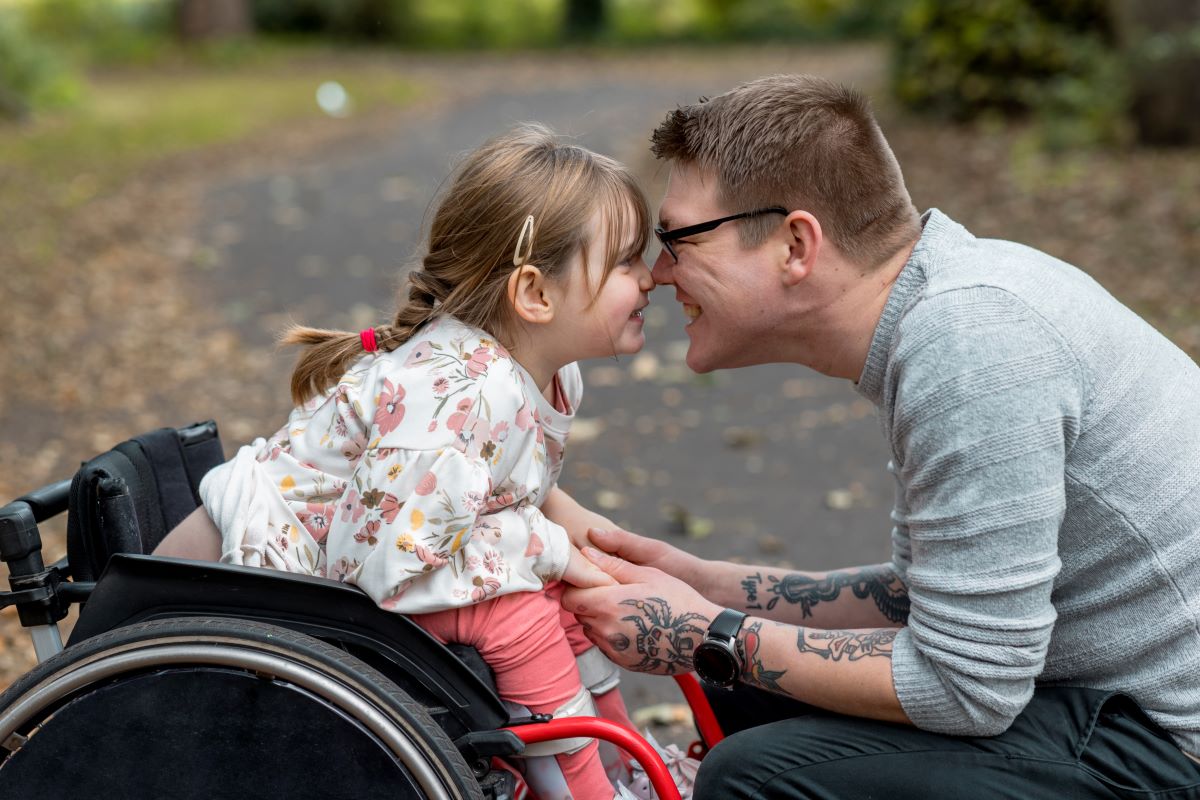Breathing is one of our most essential functions, and it can be stressful if your child seems to be having difficulty in this area. But you don’t have to navigate the road to diagnosis and treatment on your own. At Charleston ENT & Allergy, we’ll determine what’s causing your child’s breathing disorder and provide the highest quality treatment while helping them enjoy the wonders of childhood.
Does My Child Have a Breathing Disorder?
Signs of respiratory distress include:
- Increased breathing or heart rate
- Sound in the upper airway when inhaling
- Grunting while exhaling
- The nose flaring when taking breaths
- Wheezing
- A blue color around the mouth, inside the lips or on the fingernails, as well as skin appearing gray or pale
- Changes in alertness from low oxygen levels

What Are Common Breathing Disorders in Children?
Breathing disorders affect either the upper respiratory system or the lower respiratory system.
The upper respiratory system includes the mouth, nose, throat and sinuses. The lower respiratory system includes the bronchial tubes and lungs.
Typically, lower respiratory infections are more severe and cause shortness of breath, wheezing and rapid breathing. Upper respiratory infections include colds, flu, croup and sinusitis. Treatment consists of a combination of medications, fluids and rest.
Why Do Children Have Difficulty Breathing?
Respiratory infections are common in children because their immune systems are still developing. This makes them more susceptible to illnesses like colds, flu, croup, sinusitis, bronchiolitis, asthma and pneumonia, all of which produce symptoms that make it difficult to breathe.
Additional conditions that cause airway problems in children include allergies, teething and sleep apnea.
Reflux Can Also Result in Difficulty Breathing
Along with respiratory infections, laryngopharyngeal reflux is another condition that can affect a child’s ability to breathe. This condition, which is similar to acid reflux, occurs when stomach acids back up into the throat due to the esophageal sphincter muscle failing to close properly.
Symptoms of laryngopharyngeal reflux include:
- Difficulty swallowing
- Sore throat
- Coughing
- Wheezing
- Postnasal drip
How Do Doctors Diagnose Breathing Disorders in Children?
Our ENT will talk to you and your child about the duration and severity of their symptoms. Along with taking a medical history, potential diagnostic tests may include:
- X-rays
- CT scans
- MRI
- Laryngoscopy, or an examination of the vocal cords with a camera attached to a tube
- Bronchoscopy, or an examination of the lungs and trachea with a similar device
How Are Pediatric Breathing Disorders Treated?
Your doctor will explain your child’s condition and the best course of action to ensure that you leave the appointment feeling confident and supported. Your child’s treatment plan will vary based on what is causing their symptoms. The next steps on your child’s health journey will be based on treating the underlying condition, so they are able to breathe better. Options may include medication, dietary changes or surgery.
Call Charleston ENT & Allergy at (843) 766-7103 for more information or to schedule an appointment.
